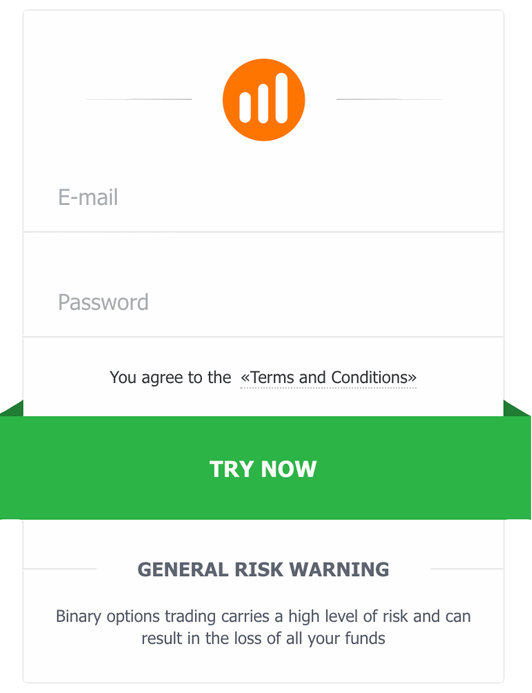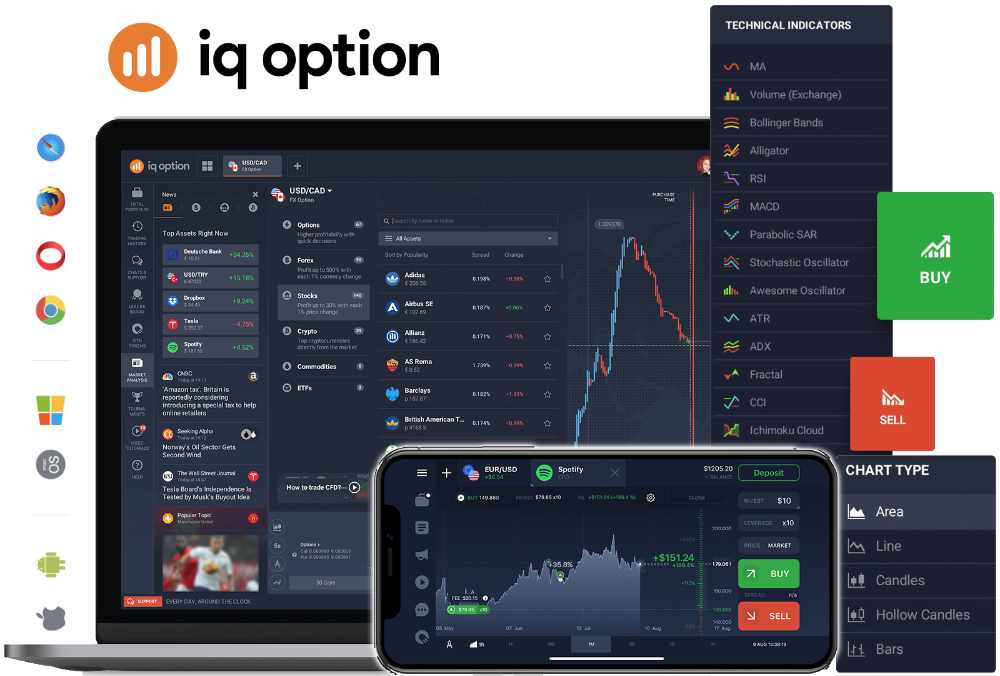Easy Forex Wins: Moving Average Daytrading Strategy
Forex trading can be as complex or as simple as a trader makes it. Among the plethora of trading strategies available, the Moving Average Daytrading Strategy stands out for its simplicity and effectiveness. This strategy uses moving averages, which are among the most popular and easy-to-use tools in a trader’s arsenal. In this article, we will delve into the intricacies of this strategy, exploring how it can lead to easy wins in the forex market.
Understanding Moving Averages
Moving averages are a type of technical indicator that smooth out price data by creating a constantly updated average price. This average can be taken over different periods, depending on the trader’s goals and the time frame they are looking at. There are several types of moving averages, but the two most commonly used in day trading are the Simple Moving Average (SMA) and the Exponential Moving Average (EMA).
- Simple Moving Average (SMA): This is calculated by adding the closing prices of a currency pair over a certain number of time periods and then dividing the total by the number of time periods.
- Exponential Moving Average (EMA): This type of moving average gives more weight to the most recent prices, which makes it more responsive to new information.
Setting Up the Moving Average Daytrading Strategy
To set up a moving average daytrading strategy, traders typically use two moving averages: a fast one and a slow one. The fast moving average might be a 10-period EMA, while the slow one could be a 50-period EMA. The periods can be adjusted based on the trader’s preference and the currency pair’s volatility.
- Fast Moving Average: This is the shorter period EMA or SMA and is used to gauge short-term market direction.
- Slow Moving Average: This is the longer period EMA or SMA and reflects the underlying trend over a longer time frame.
Executing Trades with the Moving Average Strategy
The basic premise of the moving average daytrading strategy is to buy when the fast moving average crosses above the slow moving average and sell when the fast moving average crosses below the slow moving average. This is known as a crossover strategy.
- Bullish Crossover: When the fast moving average crosses above the slow moving average, it indicates that short-term momentum is rising faster than the long-term trend, suggesting a potential upward move.
- Bearish Crossover: Conversely, when the fast moving average crosses below the slow moving average, it signals that short-term momentum is declining faster than the long-term trend, indicating a potential downward move.
Filtering Trades for Higher Probability
While the crossover strategy is simple, it can lead to false signals. To filter out potential false breakouts and increase the probability of success, traders often add additional criteria:
- Price Action: Confirming the crossover with price action, such as candlestick patterns, can provide additional confirmation of a trade.
- Support and Resistance: Identifying key levels of support and resistance can help traders determine optimal entry and exit points.
- Volume: Looking at trading volume can provide insights into the strength of a move. Higher volume on the breakout suggests a stronger signal.
Managing Risk with the Moving Average Strategy
Risk management is crucial in day trading. With the moving average strategy, traders should always set stop-loss orders to limit potential losses. A common approach is to place a stop-loss just below a recent swing low for a buy order or above a recent swing high for a sell order.
- Stop-Loss Orders: These orders can help traders manage their risk by automatically closing a trade at a predetermined level.
- Position Sizing: Adjusting the size of the trade based on the distance to the stop-loss level can help manage risk.
- Risk-Reward Ratio: Traders should aim for a favorable risk-reward ratio, typically at least 1:2, where the potential reward is twice the risk.
Advantages of the Moving Average Daytrading Strategy
The moving average daytrading strategy offers several advantages that make it appealing to traders:
- Simplicity: The strategy is straightforward and easy to implement, even for beginners.
- Flexibility: It can be used on various time frames and currency pairs.
- Trend Identification: Moving averages help traders identify the direction of the trend, which is essential in forex trading.
Limitations of the Moving Average Strategy
Despite its benefits, the moving average strategy is not without limitations:
- Lagging Indicator: Since moving averages are based on past prices, they can lag behind the current market action.
- False Signals: The market can produce false crossover signals that can lead to losses.
- Flat Markets: In a range-bound or flat market, moving averages can be less effective.
Conclusion: Key Takeaways of the Moving Average Daytrading Strategy
The Moving Average Daytrading Strategy is a powerful tool for traders looking for easy forex wins. Its simplicity and effectiveness in trend identification make it a staple in many traders’ toolkits. By understanding how to set up and execute trades using moving averages, filtering trades for higher probability, and managing risk effectively, traders can leverage this strategy to potentially reap rewards in the forex market.
However, it’s important to remember that no strategy is foolproof. The moving average strategy has its limitations and should be used in conjunction with other analysis methods and sound trading principles. By doing so, traders can increase their chances of success and navigate the forex market with greater confidence.
In summary, the Moving Average Daytrading Strategy is a valuable approach for those seeking to capitalize on forex market trends. With proper application and risk management, it can be an effective way to achieve easy forex wins.





 How to trade FX options? (01:44)
How to trade FX options? (01:44) How to trade CFD? (00:49)
How to trade CFD? (00:49) How to trade binary options*? (01:22)
How to trade binary options*? (01:22) Forex. How to start? (01:01)
Forex. How to start? (01:01)